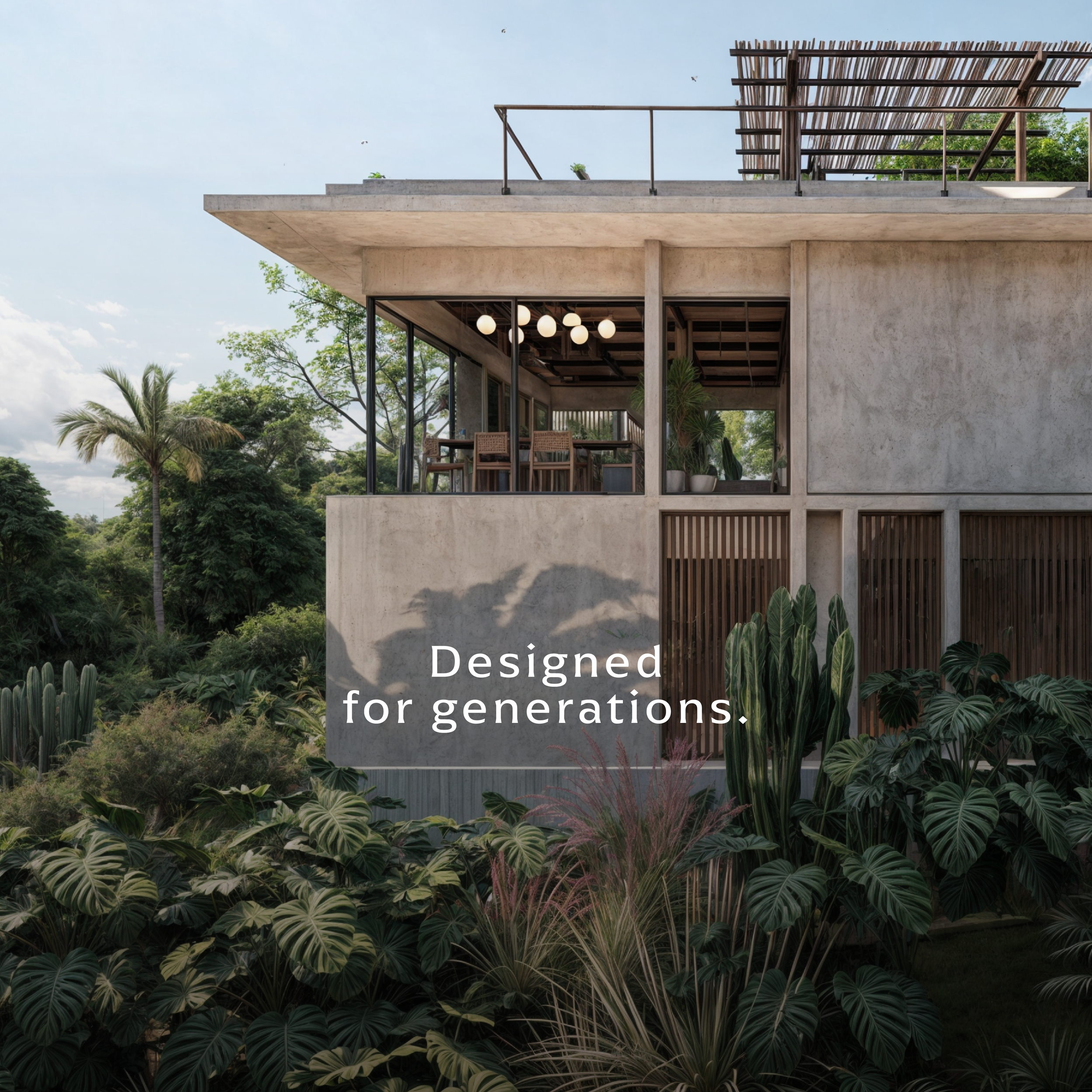Sustainable Infrastructure at Shift Esperanza: Designing for Generations
Sustainability isn’t just a feature at Shift Esperanza—it’s part of the foundation. From the beginning, this community has been envisioned as a long-term ecosystem where design, infrastructure, and natural systems work together to support a regenerative lifestyle.
What Makes Infrastructure Sustainable?
In many developments, infrastructure is often treated as an afterthought—sometimes with corners cut to reduce costs or increase margins. This can lead to systems that aren’t built to last or aren’t suited to the local climate. Pipes, wires, and roads may function temporarily, but without long-term vision, they fail to support real resilience.
At Shift Esperanza, infrastructure is designed to endure, adapt, and regenerate in harmony with the Guanacaste environment.
Every detail is intentional. Electrical lines are placed underground throughout the neighborhoods, preserving natural views and reducing environmental disruption. Landscaping is composed of native, drought-resistant species to conserve water and support local biodiversity. Permeable materials are used in roads and pathways to help rainwater soak into the soil, reducing runoff and replenishing aquifers. Internal neighborhood roads are paved with adobe bricks, offering durability and a warm, timeless aesthetic that echoes the feel of an old village.
Systems That Support Life
Here’s how Shift’s masterplan turns sustainability into structure:
Underground electricity across all neighborhoods reduces visual clutter and protects infrastructure from weather-related damage.
Solar energy is integrated into a hybrid energy system designed to power homes and shared amenities with renewable resources.
Three on-site wells support a decentralized water supply, ensuring independence and reliability.
A robust water management plan includes rainwater harvesting, graywater recycling for irrigation, and permeable roadways that mitigate erosion and manage heavy rainfall.
Rainwater capture and drainage systems direct water safely and sustainably throughout the site.
Native landscaping reduces the need for irrigation and maintains the ecological integrity of the region.
17 kilometers of walkable trails promote low-impact mobility and connect residents with nature.
Fiber optic internet supports remote work and digital access with minimal environmental footprint.
Composting and waste systems reduce landfill contributions and feed local permaculture efforts.
Each system is designed for long-term resilience, supporting a healthy relationship between people, the land, and the broader ecosystem.
Built to Last, Built to Evolve
Infrastructure at Shift is not only durable—it’s adaptable. As climate patterns shift, technologies improve, and community needs change, our systems are built to evolve without disrupting the landscape or lifestyle.
From stormwater infrastructure designed for Nosara’s intense rainy seasons to solar-powered lighting and water-saving technologies, every layer of infrastructure reflects an intentional, forward-thinking design philosophy.
It’s a quiet kind of innovation—purposeful, regenerative, and deeply rooted in place. And it ensures that those who live here, now and in the future, can enjoy a better, more balanced way of life.



